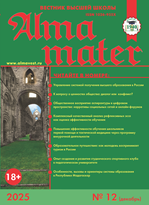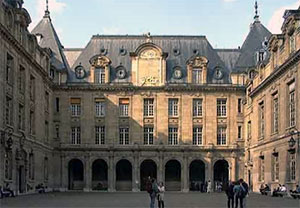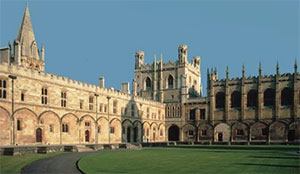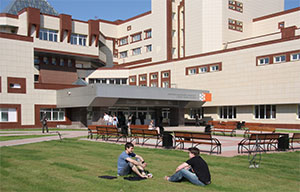Advanced is the author’s concept, assuming examination in the process of professionalism formation in officers under influence of interaction of two pedagogic subsystems, i.e. military education and combat training, on stability of professional formation of the officer.
Key words: officer cadres, professionalism, pedagogic system, professional formation, acmeological support.
References
1. Ovchinnikov, G.K. To a question on strategy of development of higher education // Alma mater (Vestnik vysshei shkoly). — 2013. — No. 1—2.
2. Utrobin, G.F. A cybernetic sight at administrative formation. Problem of training of military professionals // Alma mater (Vestnik vysshei shkoly). — 2012. — No. 11. — P. 116.
3. Ivanenko, I.A. Concept of professionalism in social practice and theory of education (analytical review) // Alma mater (Vestnik vysshei shkoly). — 2011. — No. 3. — P. 22.
4. Derkach, A.A. Methodology basis of acmeological researches. — М., 2000. — Part 1. — P. 57—98.
5. Lukashenko, D.V. Mechanism of adaptation of a personality by social environment // Alma mater (Vestnik vysshei shkoly). — 2011. — No. 9. — P. 47—52.
6. Management of daily activity of units and formations of the RVSN. — М.: MA RVSN, 2008. — P. 55-77.
7. Malinetsky, G.G., Potapov, A.B. Modern problems of non-linear dynamics. — М.: Editorial URSS, 2000. — P. 72-78.
8. Titov, V.B. Could the culture of stable development take up position of human one? // State service. — 2012. — No. 3. — P. 61-63.
9. Mogilevsky, V.D. Methodology of systems: verbal approach. — M.: Economy, 1999. — 251 p.
10. Prangischvili, I.V. The system approach and system-wide laws. — M.: SYNTEG, 2000. — 528 p.
11. Drobot, I.S. Stability of professional formation officers’ cadres // State service. — 2011. — No. 5. — P. 23—27.











.png)






